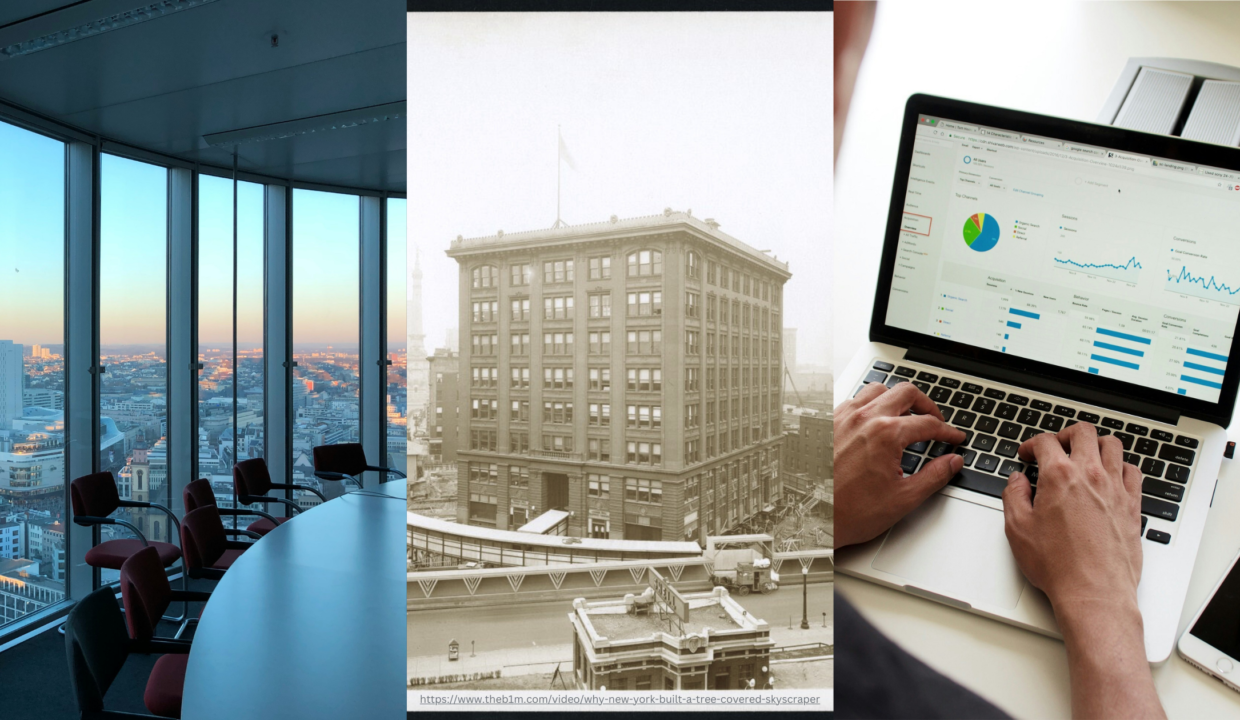
The commercial real estate industry is no stranger to change. To uphold tenant satisfaction and cultural standards, the industry must be ready to adapt as needed. Tenant requirements, expansion, and technological advancements are all common reasons for changes in CRE. Quickly and efficiently assimilating with these factors can mean success in the commercial market.
Adapting to Shifts in Tenant Requirements
With tenant behavior shifting in the commercial market, it is vital for landlords to understand what will attract and retain occupants. The shift from the traditional workspace includes prioritizing open and flexible areas as well as a positive relationship between the building’s staff and owner. Some preferences, like the property’s online presence and searchability also come into play.
Skyscraper Relocation
To expand its headquarters in 1929, the Indiana Bell Telephone Company purchased another telephone company. Their switchboards and administrative offices were located in the new building about 52 feet away from their original building. To bring the two together, architect Kurt Vonnegut Sr. Created a plan to move the eight-story, 11,000-ton building over and turn it 90 degrees. Astonishingly, during the moving process, business operations and telephone services went completely uninterrupted.
CRE Technology Advancements
For CRE professionals to remain relevant and resilient in today’s market, understanding and utilizing modern technology is pivotal. From marketing to property management to building optimization, technological advancements are creating easier and more innovative ways for commercial real estate to flourish. Some popular tools being used currently in the industry include AI, machine learning, Internet of Things (IoT) devices, as well as virtual and augmented reality.


